The ForestEyes’ Project needs your help to track tropical forests’ deforestation. You can contribute analyzing and classifying remote sensing image tiles in Forest or Non-forest. Those remote sensing images are from LANDSAT-8’s bands, freely available at Earth Explorer. The pixels have 30m resolution which means that each pixel corresponds to an area of 900 square meters. Access https://www.zooniverse.org/projects/dallaqua/foresteyes/classify and contribute to the project!
No encerramento da Conference on Patterns, Graphics and Images (SIBGRAPI 2023), em Rio Grande – RS, o aluno da Unifesp Eduardo Bouhid Neto foi agraciado com o prêmio de melhor trabalho de graduação. O artigo é fruto da Iniciação Científica do aluno e contou com a coautoria de Paulo Roberto Costa Pedro e do Prof. Dr. Álvaro Luiz Fazenda, além da orientação do Prof. Dr. Fabio Augusto Faria.
O trabalho propôs um arcabouço de seleção de bandas de imagens multiespectrais de sensoriamento remoto utilizando o algoritmo de estimação de distribuição estocástico (UMDA).
On November 22, the United Nations Statistics Division, together with other statistics organizations around the world, organized the UN Big Data Hackathon. Its goal was to develop ideas and solutions to help achieve the Sustainable Development Goals and to assist in resolving Global challenges.
Scipopulis, one of the members of the InterSCity project, took part in the challenge and analyzed disaster data along with socio-economical features of the cities where those disasters occurred to identify possible city characteristics that potentialize the occurrence of extreme climate events.
The article “Drones in the Big City: Reducing Collisions in Air Deliveries” (in Portuguese), whose authors were Fabíola de Oliveira (UFABC), Luiz Fernando Bittencourt (UNICAMP), Reinaldo Bianchi (FEI), Carlos Kamienski (UFABC), received an award for best paper at the VI Workshop on Urban Computing (CoUrb) of the XL Brazilian Symposium on Computer Networks and Distributed Systems (SBRC 2022), in the city of Fortaleza, Ceará.
The workshop’s idea is to implement intelligent solutions to these problems;
Robson Aleixo, Fabio Kon, Rudi Rocha, Marcela Camargo, and Raphael De Camargo, authors of the paper “Predicting Dengue Outbreaks with Explainable Machine Learning”, awarded the Best Paper in International Workshop on Artificial Intelligence for Health – AI4Health – wich occurs in May 2022.
The workshop happened in conjunction with the 22nd IEEE/ACM International Symposium on Cluster, Cloud and Internet Computing – CCGrid 2022 – and aimed at bringing together researchers from academia, industry,
Scipopulis, an innovation arm of InterSCity that works with data analysis, processing, integration, and visualization, focusing on turning cities into smart cities, won the Katowice Energy Innovation Challenge, whose results happened in June 2022.
The Challenge UN-Habitat organized was looking for digital information management and communication solutions to help and empower the city of Katowice, including the local government, residents, and businesses, to embrace a transition to clean and renewable energy systems.
It was called start-ups,
In a special edition of Revista Computação Brasil, dedicated to Open Science and edited by Prof. Claudia Bauzer Medeiros, specialists from the country point out and contextualize issues that are intrinsic to the effective development of collaborative research in the country as well as in the world. Their aim was to show how Open Science can be possible, comprehensive, and sustainable. Members of INCT InterSCity made their contributions with 3 articles included in issue 46 of the journal,
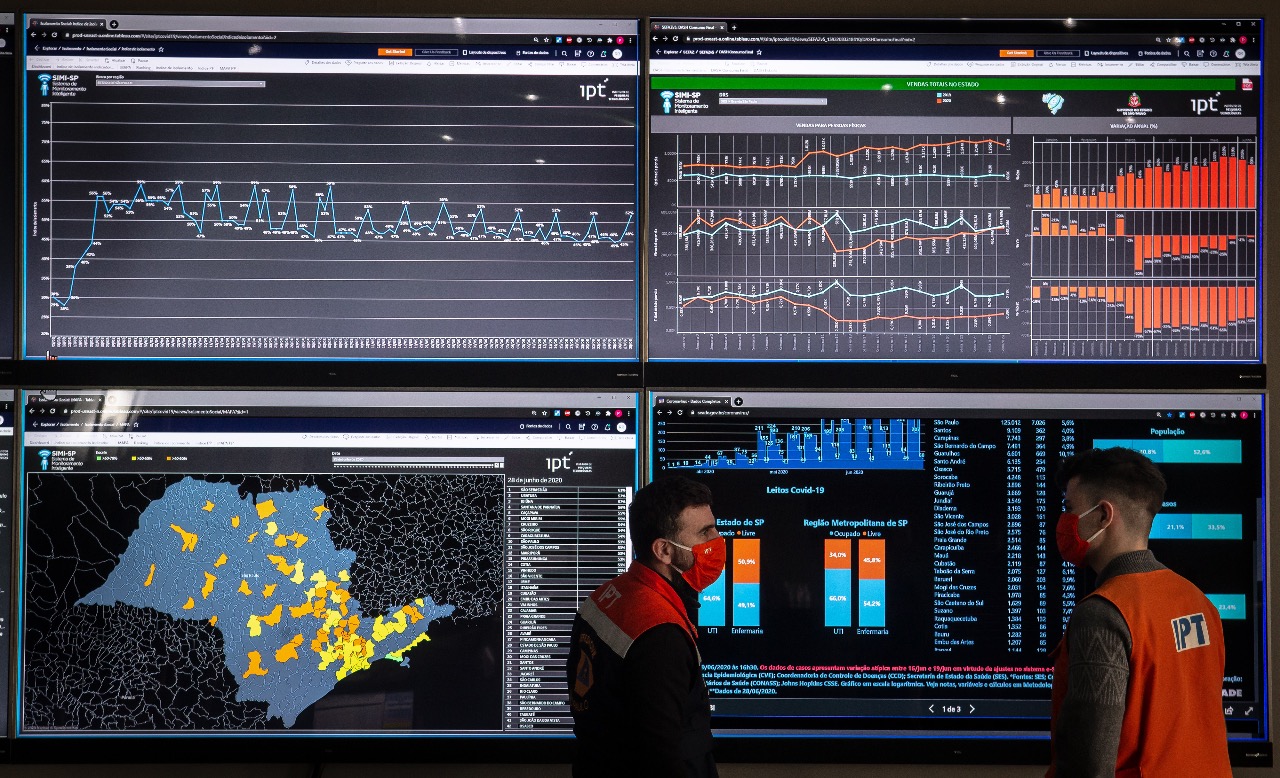
The Brazilian Symposium on Multimedia and Web (WebMedia) is an annual event held by the Brazilian Computer Society (SBC) and, since 1995, it has been one of the most important forums in Brazil for debates between researchers, professionals and students in the multimedia areas, hypermedia and web.
The “Luiz Fernando Computing Award” is promoted within WebMedia, which aims to honor professors, researchers and students involved in innovation projects that have a social impact and promote the improvement of society.
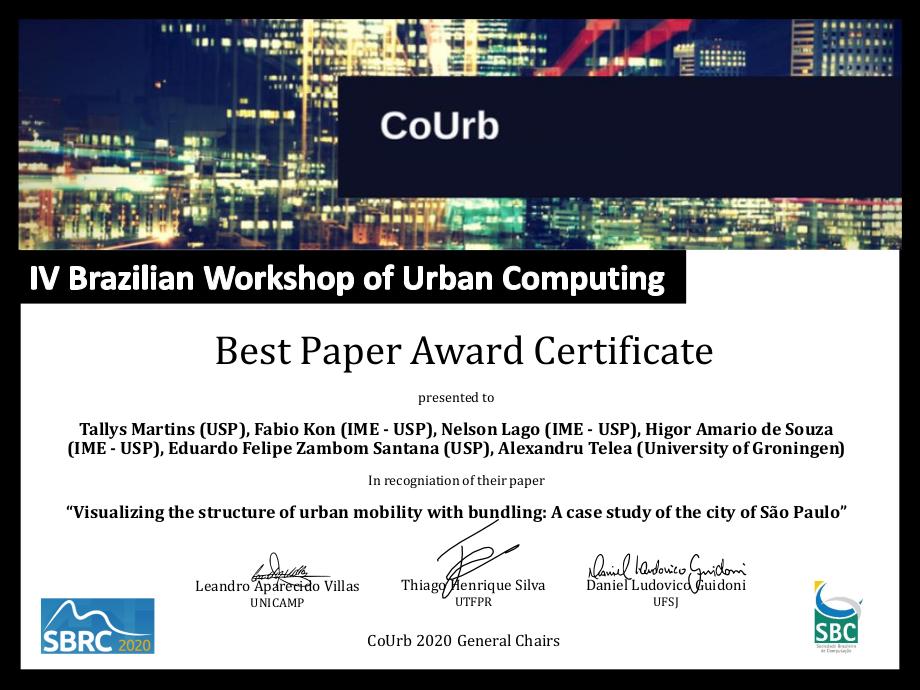
InterSCity had a strong presence in the 2020 edition of SBRC (Simpósio Brasileiro de Redes de Computadores e Sistemas Distribuídos)! Among the various excellent papers presented, the group received several awards:
Best paper in CoUrb workshop for the paper “Visualizing the structure of urban mobility with bundling: A case study of the city of São Paulo“, by Tallys Martins (IME-USP), Fabio Kon (IME-USP), Nelson Lago (IME-USP),
During the second half of 2020, a team made up of undergraduate and graduate students who were studying the Advanced Data Science Laboratory discipline were able to focus their efforts on solving some challenges of Querido Diário, a project of the Data Science for Civic Innovation Program at OKBR that seeks to release data from the official journals of Brazilian municipalities. The partnership signed between Open Knowledge Brasil and the Institute of Mathematics and Statistics of the University of São Paulo (IME-USP) ended in December 2020 with many advances for Querido Diário.
On 06/12, we had the first InterSCity project webinar, open to the general public. The presentation slides and videos are available!
The third edition of the InterSCity (National Science and Technology Institute – INCT – of the Future Internet for Smart Cities) Workshop is being held from April 7th to June 9th. The event was planned to take place from April 5th to 8th in Itamambuca (SP), but was restructured to take place remotely, via Internet, due to the coronavirus pandemic. The presentations were rescheduled and divided in 5 technical sessions covering the topics of urban mobility,
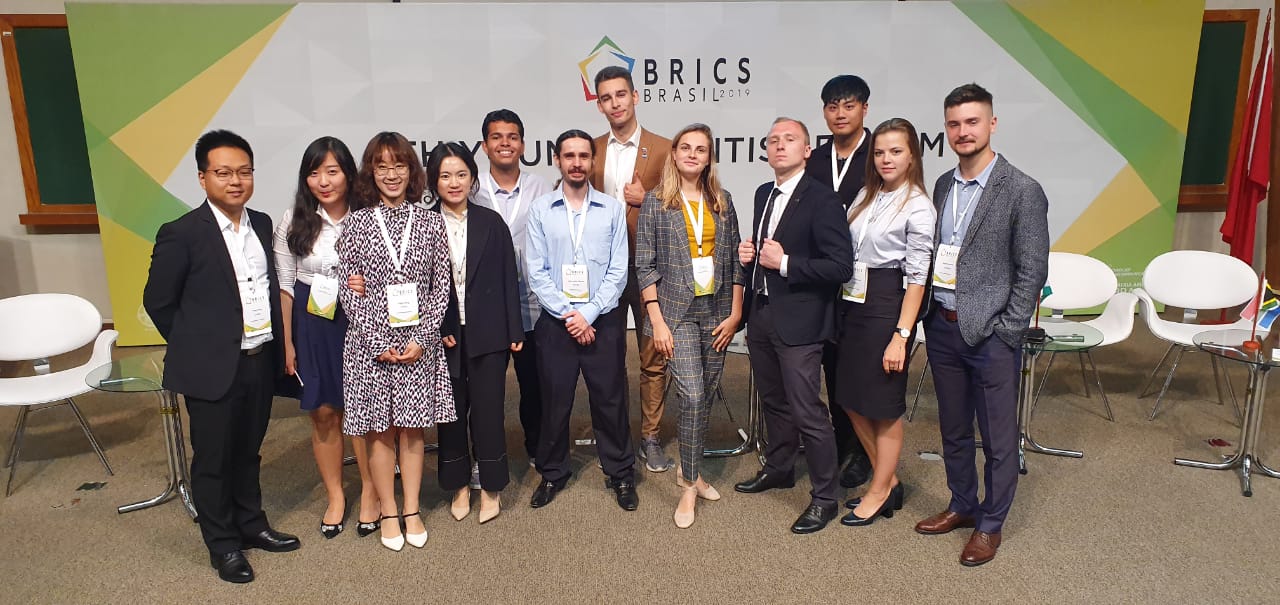
The INACITY project (INvestigate and Analyse a CITY) was selected to be one of the finalists competitors of the 2nd BRICS Young Innovator Prize, awarded to recognize the top research, development and innovation projects that can contribute majorly to the science and technology sectors and gathered scientists from all the BRICS nations, in the event that is part of the 4th BRICS Young Scientist Forum that happened in Nov 6th,
Radartona was a Hackathon for the development of mobility solutions for the city of São Paulo, using data from the 900+ radars installed in the city. In addition to the radar data, a large amount of city data was also available, such as information on traffic accidents, weather, and the average speed of city buses. The event was held at Mobilab+ (http://mobilab.prefeitura.sp.gov.br/) on November 8-10.
Radartona proposed six challenges for the development of solutions: average radar-detected speed,
TV local show (in portuguese): click here to watch
Article: download
MIT scientist Fabio Duarte conducted a graduate course on Urban Science at IME-USP.
The course was based on recent literature on Urban Science, AI, and Autonomous Vehicles published in the Nature and Science journals.
The contents were highly interdisciplinary and attracted 35 graduate students from Computer Science, Architecture, Urban Planning, Engineering, Physics, and Social Sciences. Staff members from the City of São Paulo, IPT, and SERPRO, the Brazilian Public IT Company, also participated.
The paper “Evaluating Exclusive Lanes for Autonomous Vehicle Platoons” authored by Gustavo Covas, Eduardo, and Fabio Kon won the best student paper award in the ECMS International Conference on Modelling and Simulation in the city of Caserta, Italy. The paper was presented 14/06/2019 by Eduardo Santana.
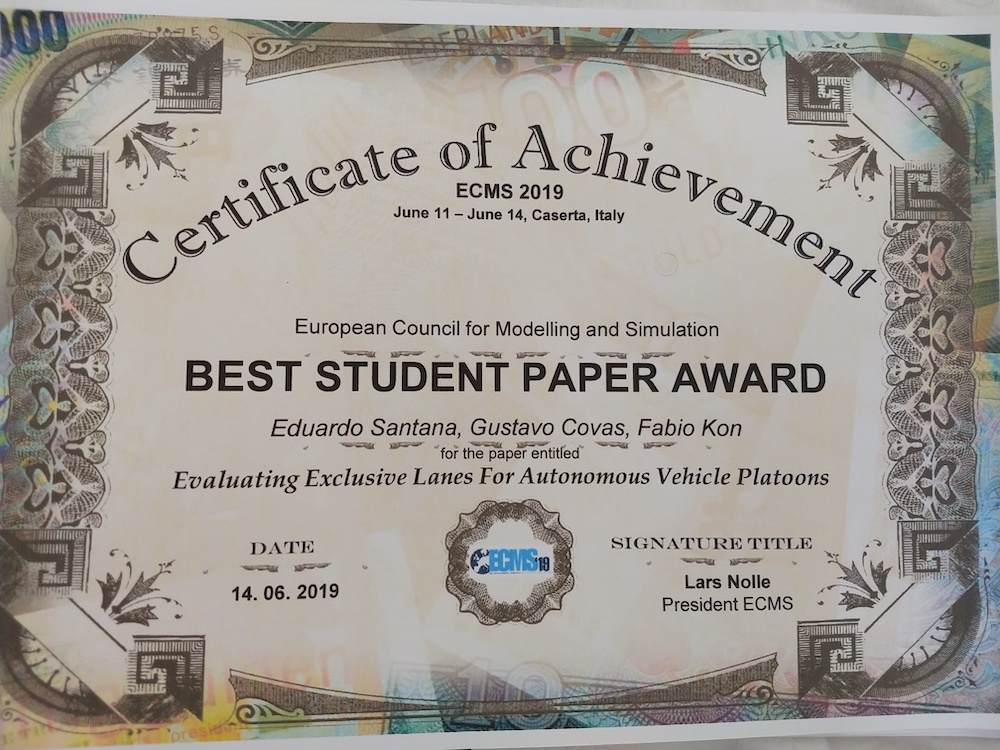
You can download the paper here.

The second InterSCity Project Workshop took place at Juquehy-SP from April 15th to 17th, with discussions on public health, environment, urban mobility and transportation, accessibility, education, architecture and urbanism, and their relationship with software platforms for smart cities, IoT, cloud computing, machine learning, and big data.
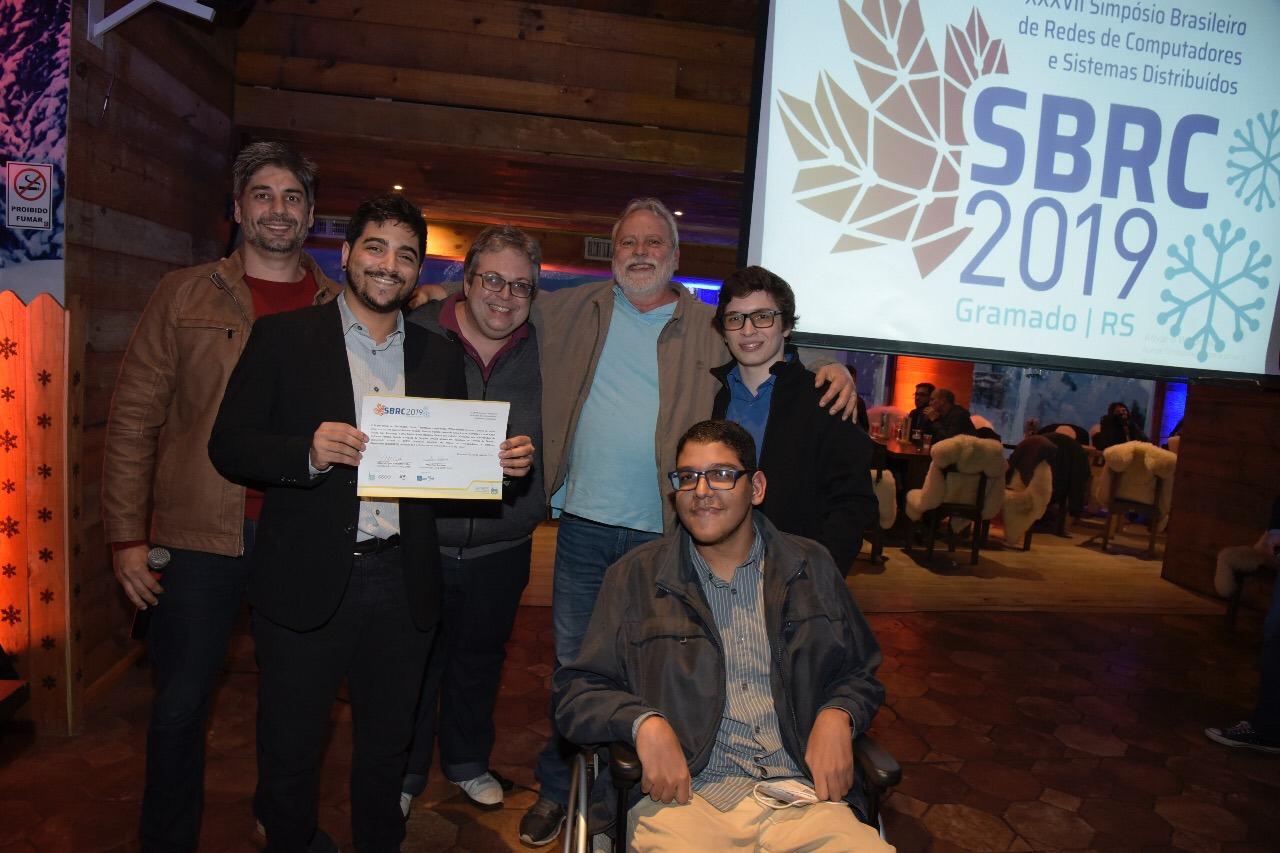
Work developed by the GTA/UFRJ team was recently awarded the “Best Paper Award” for the paper “Provendo uma Infraestrutura de Software Fatiada, Isolada e Segura de Funções Virtuais através da Tecnologia de Corrente de Blocos”.
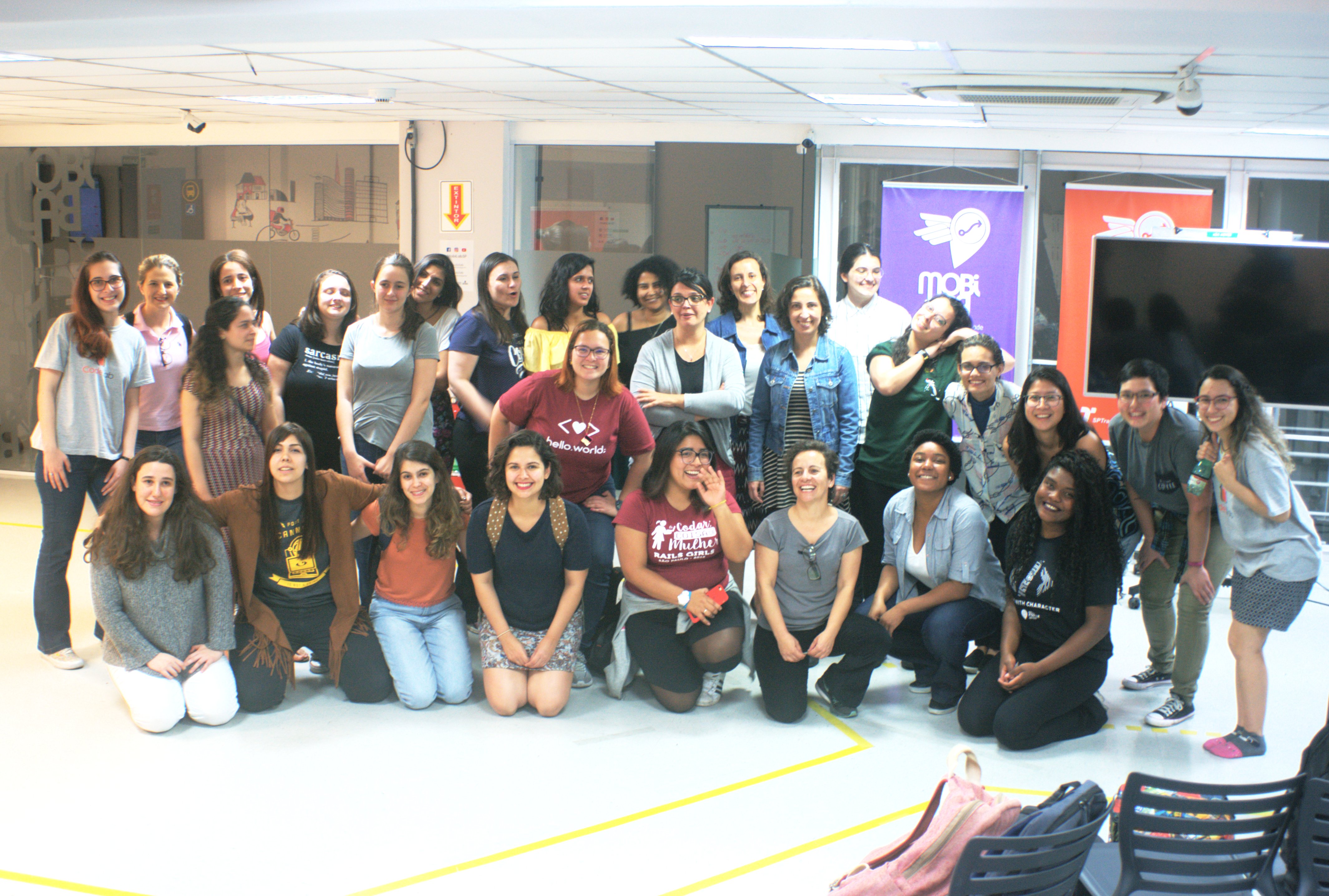
In the last sunday (09/02/18), the HackMobility2018 event took place in downtown São Paulo.
The hack day event hosted 21 participants, all women, and aimed to analyze data related to urban mobility in São Paulo to propose solutions that contribute to a more accessible city for pedestrians and cyclists. For this purpose, the participants had access to several datasets of city departments, such as the Health Secretariat, the Traffic Engineering Company (CET),
When: Friday, August 3rd, 2018 3:00-4:30PM
Speaker: João Marcos Barguil (IME-USP)
Abstract: In Brazil and around the world, there are millions of people with various deficiencies. Besides, an aging population is a worldwide tendency, which implies a growing number of seniors in society, with diverse kinds of functional and cognitive limitations. Finally, women in the final stages of pregnancy, small children, or people without deficiencies but with temporary limitations, all benefit from Accessibility.
The paper “SINFONIA: Gerenciamento Seguro de Funções Virtualizadas de Rede através de Corrente de Blocos” co-authored by f Gabriel A. F. Rebello, Igor Drummond Alvarenga, Igor Jochem Sanz, and Otto Carlos M. B. Duarte has won the best paper award in I Workshop em Blockchain: Teoria, Tecnologias e Aplicações (WBlockchain’2018) of the XXXVI Simpósio Brasileiro de Redes de Computadores e Sistemas Distribuídos (SBRC’2018). The GTA/UFRJ team, headed by Prof. Otto Carlos Duarte, developed SINFONIA (Secure vIrtual Network Function Orchestrator for Non-repudiation,
The members of the group Hardware Livre USP, after the successful participation in the Campus Party Brasil 2018, were invited to perform at Arduino Day with the EscovandoBits workshop.
The workshop will take place at Praça das Artes at 10am on 12/05/2018.
For more information: https://arduinodaysp.splashthat.com/
When: Friday, May 4th, 2018, 3:00 PM.
Speaker: Wellington Oliveira (CIN/UFPE).
Abstract: Mobile devices have become ubiquitous in the recent years, but the complaints about energy consumption are almost universal. On Android, the developer can choose among several different approaches to develop an app. This presentation shows our investigation on the impact of some of the most popular development approaches on the energy consumption of Android apps. Our study used a testbed of 33 different benchmarks and 4 applications on 5 different devices to compare the energy efficiency and performance of the most commonly used approaches to develop apps on Android: Java,
When: Monday, May 14th, 2018, 10:00 AM.
Where: Auditório do CCSL-IME/USP.
Speaker: Ciro Biderman (FGV-SP)
Abstract: We analyze the impacts on the urban form of a large Brazilian public housing program—Programa Minha Casa Minha Vida (PMCMV). Our aim in this paper is to determine whether the program impacts urban sprawl and its trend. We analyze 18 metropolitan areas using satellite images and other datasets to compare municipalities where the program was more intense with municipalities where the program produces housing below the median.
When: Friday, March 23th, 2018, 9:00 AM.
Where: Sala H-312C, GTA/UFRJ.
The objective of this presentation is to introduce the new paradigm that will be used from 2020: the “Plug &Network” concept. This concept allows to derive new network architectures ranging from a completely centralized architecture to a fully distributed solution. We will examine the pros and cons of these different architectures to try to imagine architectures that should be deployed in the 2020s.
When: Thursday, March 22th, 2018, 12:00.
Where: Sala H-312C, GTA/UFRJ.
The objective of this seminar is to examine new solutions for securing data networks and the solutions that will be implemented in the short and long term. We will examine the solutions based on secure elements, Cloud of security, blockchain, new generation firewall, big data, machine learning, etc. We will look at how to implement them in the four major network architectures for the 2020s that will integrate 5G,
During the summer program at IME-USP, 4 projects were developed in the Smart Cities discipline:
The presentation video can be found at https://www.youtube.com/watch?v=HDvcfhyaT0c

The GTA/UFRJ team, headed by Prof. Otto Carlos, developed the tool called “CATRACA: a scalable traffic classifier and analyzer” for analyzing big stream data and classifying in real-time threat from normal network traffic. The work developed by the team of Prof. Duarte was recently awarded with the “Best Tool Award” during the Simpósio Brasileiro em Segurança da Informação e de Sistemas Computacionais (SBSeg’2017). Moreover, the research has been going on for two years and it was also awarded with the “Best Paper Award” of the 1st Cyber Security in Networking Conference (CSNet’2017) on October 2017,
When: Friday, December 15h, 2017, 3:00 PM.
Speaker: Rodrigo Izidoro Tinini (IME/USP).
Abstract: In the context of future Cloud Radio Access Networks (CRAN), optical networks will play an important role to provide the required transport capacity between cell-sites and processing pools, especially for future 5G scenarios. For instance, using CPRI fronthaul technologies a single antenna element can generate data up to 24.3Gbps even with current configurations of radio transmissions, and it is expected to generate up to Tbps with the advance of technology.
Aplicativos arrumam caronas e rotas de transporte; conheça os melhores em https://noticias.r7.com/tecnologia-e-ciencia/apps-modernos-mostram-como-a-tecnologia-transformara-as-cidades-23112017
When: Friday, November 24th, 2017, 4:00 PM.
Where: Anfiteatro do Centro de Informática da UFPE.
Abstract: A growing number of cities are now making urban data freely available to the public. These initiatives, however, are fairly recent and the landscape of open urban data is still not well known. In the first part of the talk, Luciano Barbosa (CIn/UFPE) will present a study that takes a first step toward understanding the current landscape of open urban data to better assess the challenges and opportunities for finding,
As novas tecnologias apresentam um enorme potencial para contribuir positivamente com as nossas cidades e seus cidadãos. No entanto, elas podem também trazer sérios problemas à privacidade e segurança desses mesmos cidadãos e, caso não aplicadas corretamente, podem exacerbar ao invés de diminuir as desigualdades sociais e os preconceitos já existentes na sociedade. O INCT da Internet do Futuro para Cidades Inteligentes traz 5 especialistas para discutir aspectos éticos das Cidades Inteligentes e da IA no IME-USP. Contamos com a sua presença ou e-presença!
Semana Nacional de Ciência e Tecnologia.
Quando: Quinta-feira, 26 de Outubro às 10h.
Onde: EACH | USP (Auditório Verde).
As atividades de mobilidade urbana, como a operação de serviços de transporte público, são grandes produtoras de dados. Parte desses dados é disponibilizada pela prefeitura de São Paulo como dados governamentais abertos, o que também demonstra a importância da mobilidade urbana para políticas de governo aberto e transparência governamental. O painel ora proposto pretende apresentar as possibilidades de aperfeiçoamento,
Semana Nacional de Ciência e Tecnologia.
Quando: Sábado, 28 de Outubro às 9h.
Onde: Centro de Difusão Internacional da USP.
O grupo Hardware Livre apresentará seus projetos desenvolvidos ao longo dos anos envolvendo placas como Arduino, Raspberry Pi e Intel Galileo, além de soluções utilizando impressora 3D, Internet das Coisas e interfaces musicais. Os participantes poderão interagir com os projetos que vão desde protótipos de soluções científicas a vídeo games.
Prof. Otto Duarte, InterSCity member, will be the General Chair of the 1st Cyber Security in Networking Conference.
Prof. Alex Telea offered a presentation on how to unify scientific visualization (SciVis) and information visualization (InfoVis).
When: Thursday, September 28th, 2017, 2:00 PM.
Where: Auditório Jacy Monteiro, IME- USP.
Abstract: For decades, scientific visualization (SciVis) and information visualization (InfoVis) have been related, but still distinctly separated disciplines. Methods and techniques in the two areas have developed relatively separately, causing an arguably unnecessarily separation in the visualization field. Attempts for unification exist,
On September 29th, 2017, Ricardo Massa Ferreira Lima presented the REFlex Water engine.
Abstract: This project proposes the conception of a novel water management framework, called REFlex Water, that uses declarative business processes to specify the management policies and to control the actions of water managers. The main component of REFlex Water is the REFlex Rule Engine, which analyzes the rules of the declarative business process to identify inconsistencies or threats to the correct execution of the process.
On June 5th, 2017, InterSCity and INES 2.0 jointly presented a GUI for creating Complex Event Processing (CEP) rules, using a Model-Driven Development (MDD) template.
In this lecture, Nivan Roberto Ferreira Junior described recent data visualization techniques for allowing analysts to explore big urban data in a interactive way, on August 11th, 2017, at UFPE.
On August 25th, 2017, Eduardo Santana presented the first version of InterSCSimulator, a Smart Cities open code, extensible and large scale simulator. The seminar may be watched on YouTube.
On June 26th, 2017, InterSCity and INES 2.0 had another issue of their periodic joint seminar when Arthur Del Esposte discussed the InterSCity platform. The seminar was transmitted in realtime and may be watched on YouTube.
On May 15th, 2017, André Leirner has offered a presentation at USP on how to leverage citizen participation in public administration.
The paper InterSCity: A Scalable Microservice-based Open Source Platform for Smart Cities has received the Best Paper Award of the 6th International Conference on Smart Cities and Green ICT Systems!